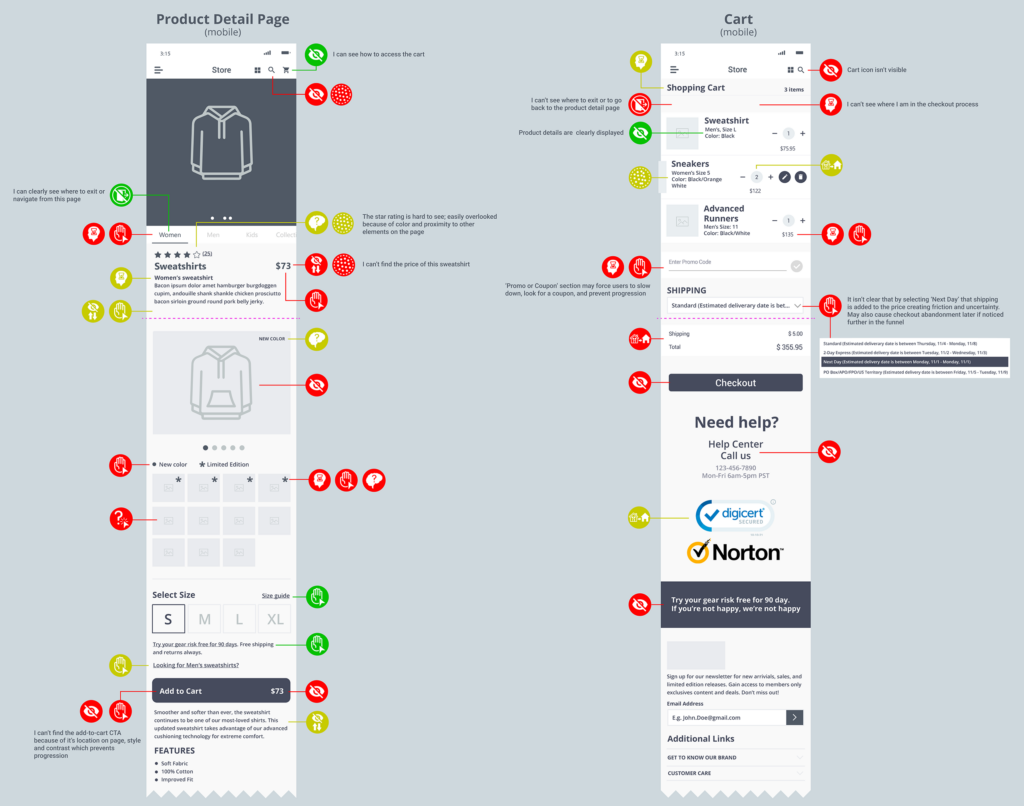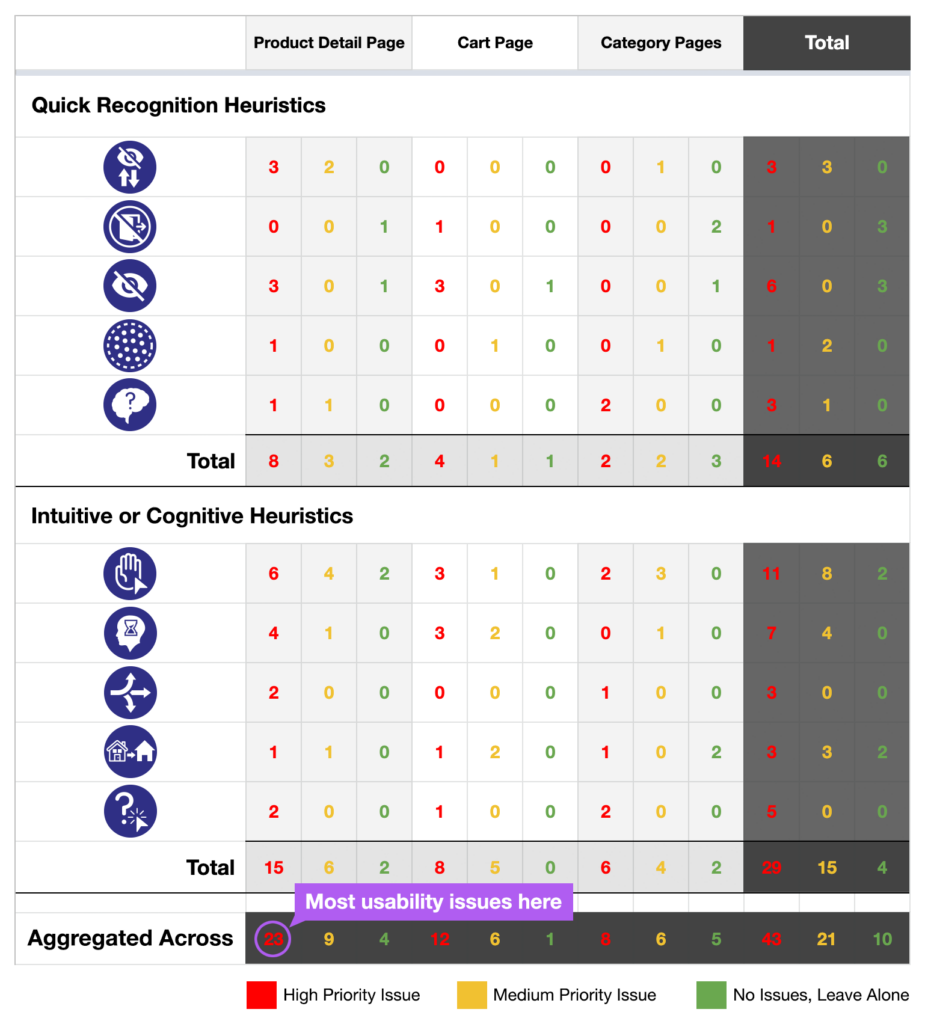Imagine it’s New Year’s Eve and you’re sitting around the dinner table with your family eating a piece of [insert your favorite dessert here]. Someone asks the group if anybody has a resolution for the new year. Without hesitation, Uncle Charlie shouts, “I want to lose 10 pounds before our family vacation this summer.” Afterall, that seems like a reasonable and common response.
As most of us already know, new year resolutions typically fail. In fact, a study by the researchers at Scranton University found that only 19% of individuals keep their resolutions for two years. A more recent study found that 80% of new year resolutions fail by the second week of February. Again, not surprising, if you’ve made resolutions yourself.
And while we won’t delve into the possible reasons for why resolutions fail, it’s important to recognize that big decisions, even small ones for that matter, aren’t trivial. It’s not about how much grit and determination you’re willing to impose on a particular decision. If it were, perhaps more of us would stick with our resolutions, for example. Instead, how we make daily decisions are incredibly complex and unconscious.
Understanding Our Two “Systems”
Interestingly enough, psychology shows us that we have two systems working in our brain at one time. One is fast, automatic, emotional, and unconscious. This is our reptilian, old primal brains at work. Daniel Kahneman calls it System 1 in his book Thinking, Fast and Slow (originally coined by psychologists Keith Stanovich and Richard West). The other is slow, infrequent, logical, needs focus, and is conscious. This is what’s becoming commonly known as the new brain, or System 2. One system wants to comply with the resolutions we set for ourselves. The other doesn’t care about the resolution and will find shortcuts to conserve energy, or not comply at all.
Because System 1 is always on and subconscious, it plays a big role in how we make decisions from one moment to the next. And it’s able to conserve energy because it operates on mental shortcuts, also known as heuristics. For example, think about your morning routine. Perhaps you make coffee, tie your shoes, and brush your teeth before leaving the house. Do you think about the steps you take while performing each of these tasks? No, because they’re practically unconscious decisions and require little to no effort. We make lots of these decisions every day. Without mental shortcuts our days would be much more mentally taxing. Thanks to our evolved primal brain, many of our daily interactions, you might say, seem effortless.
Using System 1 Thinking in Online Experimentation
When visitors are engaging with our website, we want it to also feel effortless, much like tying our shoes or brushing our teeth. Nobody wants to fumble through a poorly executed website. There’s plenty of evidence of that, which is why companies go to great lengths to reduce friction where possible.
It’s also the most common reason for running online experiments, such as A/B tests. When we run these experiments, we use heuristics to help us understand which usability issues our visitors are possibly experiencing. Ask yourself, “Is the experience disorienting or is the messaging unclear to my users? Is it clear why they should pick us over our competitors? Does navigation function as it should? Is it difficult to find relevant information or to progress through to the next funnel page? Is it frustrating to make a purchase?” If you catch yourself thinking about these questions, you’re also thinking about heuristics in some capacity whether you realize it or not.
The trick when doing a heuristic analysis is identifying which points of friction matter the most, and which elements might invoke hesitation or require users to frequently engage with System 2. Remember, System 2 requires a lot of mental energy so, ideally, it should only be engaged when necessary. Our goal as optimizers, albeit oversimplified, is to create an effortless digital experience for our users. Afterall, users are not cookies. They’re humans with many simultaneous distractions, feelings, thoughts, and frankly a lot of other things they could be doing with their time. But they’ve shown interest in whatever service or product you’re selling. Hurray! So, give them an effortless experience, not a “dusty, back office” experience as a previous client of mine once claimed to have.
Take our sporting goods client, for example. Through research and analytics, we found a massive opportunity on their Product Detail Page (PDP) and Cart page. The data pointed us there as the focal point for testing and, through heuristics analysis, we found a number of usability issues that are preventing users from progressing to the next step in the funnel.
The evaluation is made up of several specific heuristics (developed by Blast) that identify a number of quick recognition and cognitive friction points. What you end up with is a map of color-coded usability issues across pages and devices. It looks a little overwhelming at first, but there’s a method to our madness.
Here’s an Example:

These heuristics in isolation are interesting (even overwhelming at times), but the magic happens when you go through this exercise across multiple pages and in more detail than you see above. You start to develop broader, business-level hypotheses across funnel pages. Themes emerge for testing, which provides you with much richer hypotheses for your experimentation program than what random design changes provide.
After doing a detailed heuristic analysis across funnel pages, we score them in a matrix like you see below. This helps you organize the chaos that ensues at the evaluation stage. For example, you might notice there are a lot of issues that require heavy cognitive use, like we did for our sporting goods client. Or that there are more critical issues on one page than there are on others. Or you might find that frequent heuristics are commonly associated with specific elements on the page (e.g., pricing, messaging, or visibility of relevant information).

Thematic patterns like these will emerge, which will change how you approach experimentation at your company. Instead of testing one change to a page, you’ll think about how to reduce friction and lessen System 2 thinking across pages of your website.
There’s No Need to Think About It – Just Get Started!
Now knowing that our primal brains operate subconsciously and rely on mental shortcuts to make daily decisions, it’s easy to see why we use heuristics to elevate our experimentation programs. While it’s only one of many types of conversion research, heuristics is powerful in that it helps us not just think more strategically about our experimentation programs, but it also helps us develop optimized digital experiences for our ideal customers in a very empathetic way.
We do this by first developing criteria for the evaluation. Then applying the framework to a set of funnel pages that have been identified as areas of opportunity, perhaps through other forms of research. Those findings get scored. Finally, emerged patterns will allow you to identify specific problem statements and develop strategic, testable hypotheses.
It’s a powerful tool and, if used correctly, can change how you approach experimentation all together.
It’s also worth noting that in order to perform a heuristic analysis correctly, it’s important to remove as many biases as possible, particularly ones that are developed as employees of the business. Perhaps one of the greatest benefits of hiring an independent consultant or agency is to gain a diverse and unbiased perspective. If you believe that to be true, especially at your company, it’s best to hire an expert like Blast.
If you’d like to get started, contact us. We’ve developed a unique solution that’s sure to improve your website and conversion goals. Or simply reach out to earn more. We’re happy to discuss whether or not a heuristic analysis is right for your business.

